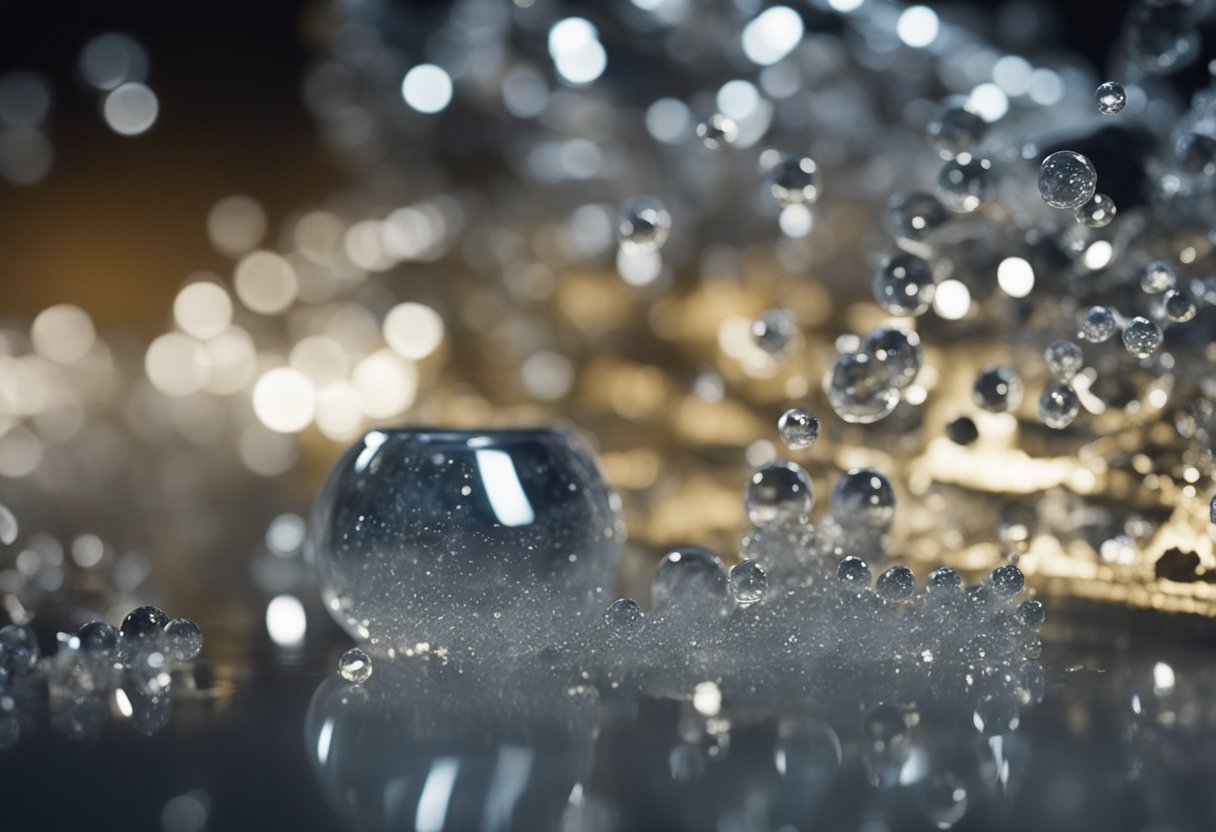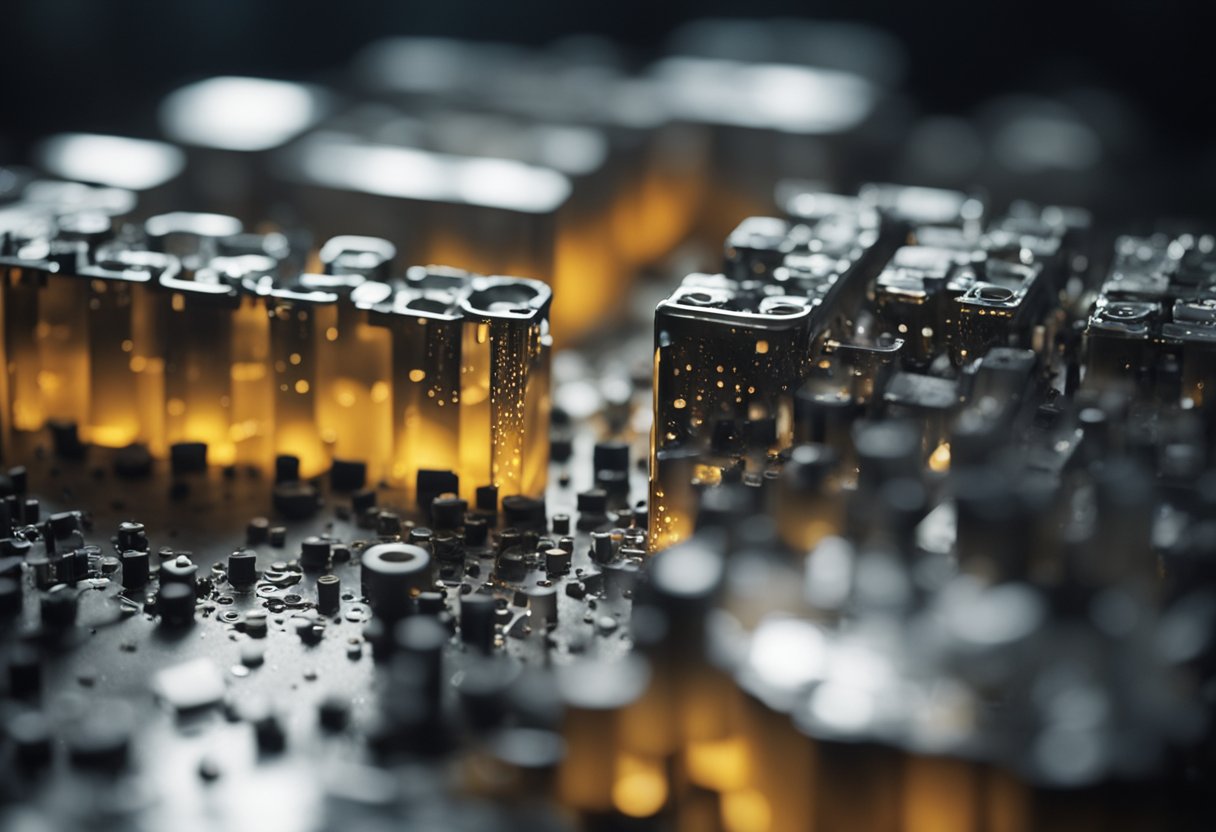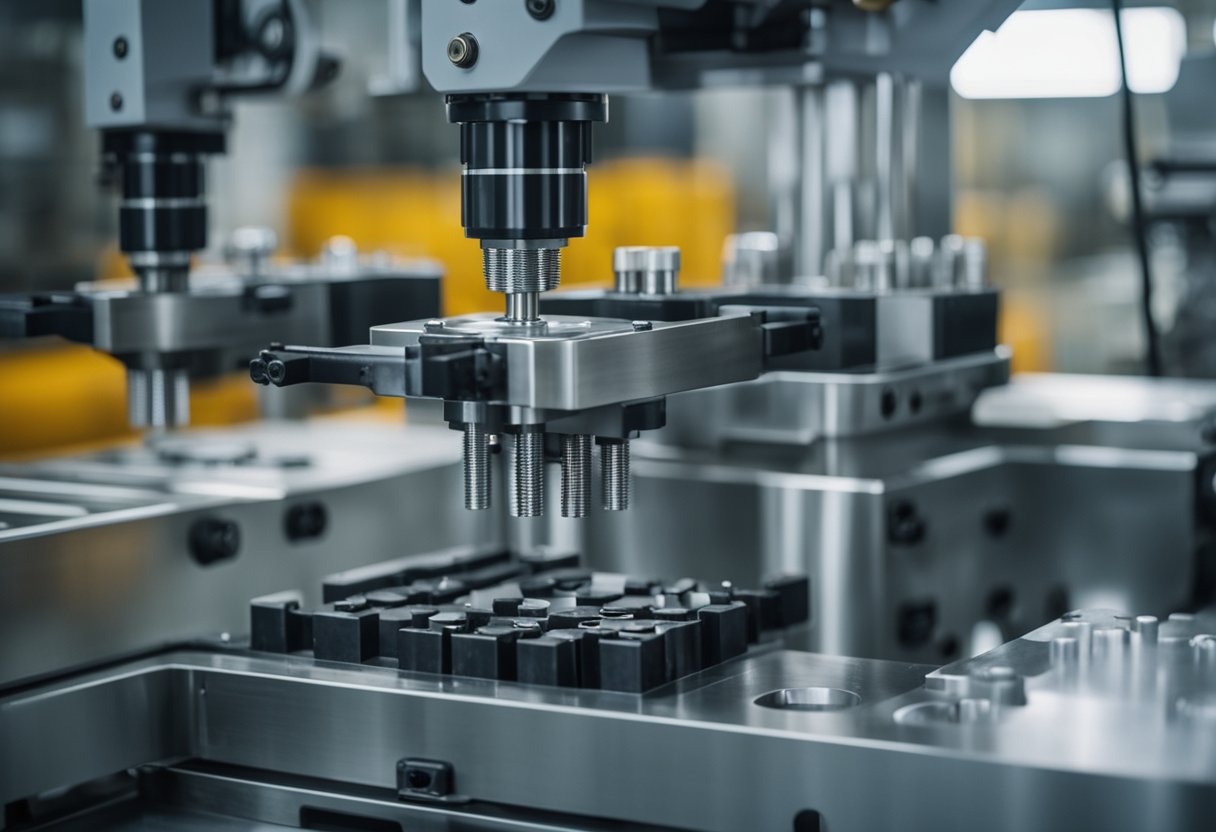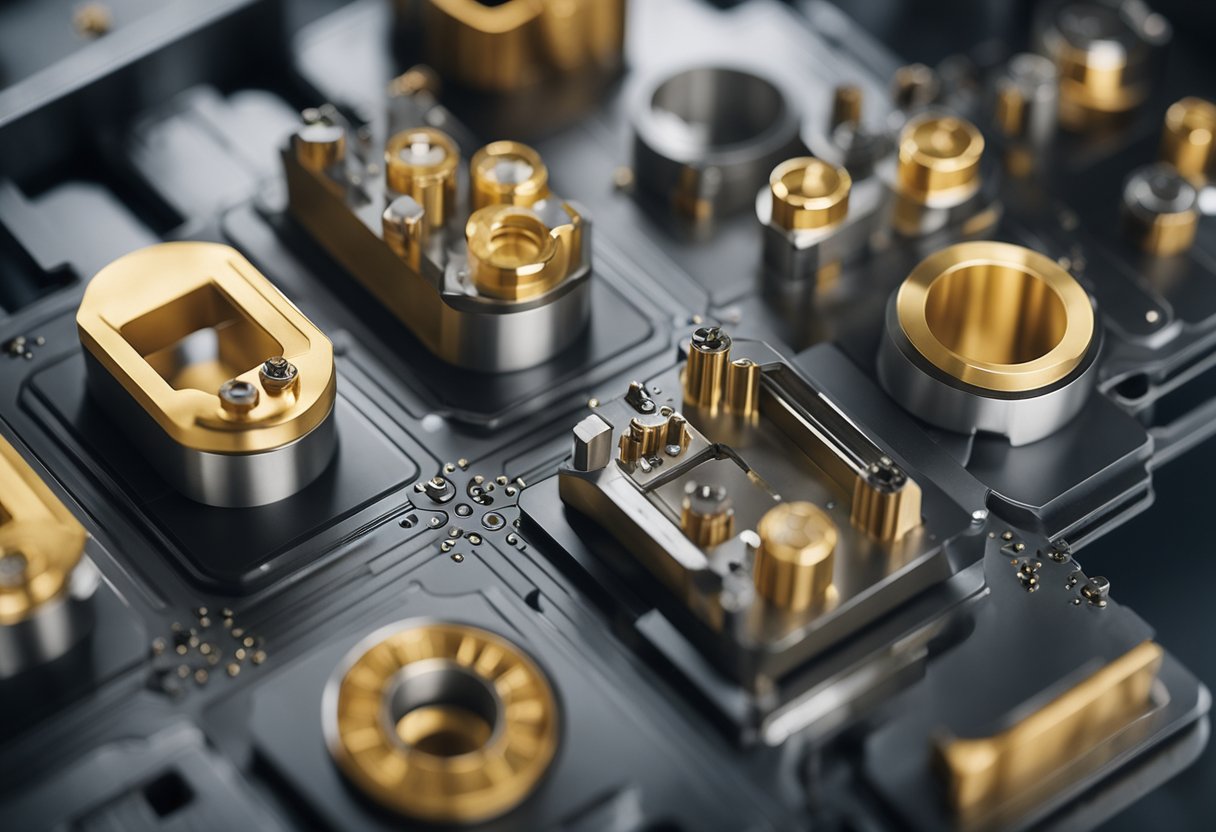Injection molding is a widely used manufacturing process for producing plastic parts in large volumes. It involves injecting molten material into a mold, allowing it to cool and harden before being ejected as a finished product. This method is favored for its ability to produce complex and intricate shapes with high precision and repeatability.

The process of injection molding offers various advantages, such as the ability to use a wide range of materials, including metals, glasses, elastomers, and confections. It is a cost-effective solution for mass-producing plastic parts with good tolerances and low production costs. Injection molding is used across a diverse range of industries, from automotive and aerospace to consumer products and medical devices. If you are looking to understand the basics and advanced design tips of injection molding, this article will provide valuable insights into the materials, costs, history, and applications of this manufacturing technology.
Basics of Injection Molding

If you are new to the injection molding world, it can initially seem overwhelming. However, once you understand the basics of the process, it becomes much easier to grasp. In this section, we will cover the fundamentals of injection molding, including the process and the different types of plastics used.
Injection Molding Process
Injection molding is a manufacturing process used to produce parts by injecting molten material into a mold. The material is heated to a liquid state and then injected into the mold under high pressure. Once the material has cooled and solidified, the mold is opened and the part is ejected.
The injection molding process consists of several steps, including:
- Clamping - The mold is held closed under pressure during the injection and cooling process.
- Injection - The material is fed into the machine and injected into the mold.
- Cooling - The material is allowed to cool and solidify in the mold.
- Ejection - The part is ejected from the mold.
Thermoplastics and Thermosetting Plastics
There are two main types of plastics used in injection molding: thermoplastics and thermosetting plastics.
Thermoplastics are plastics that can be melted and reshaped multiple times without losing their properties. Common examples of thermoplastics include polyethylene, polypropylene, and polystyrene.
Thermosetting plastics, on the other hand, are plastics that undergo a chemical change when they are heated and then cooled. Once they have been molded, they cannot be melted and reshaped. Examples of thermosetting plastics include epoxy and phenolic resins.
Understanding the basics of injection molding is crucial for anyone looking to get into the industry. By knowing the process and the different types of plastics used, you can better understand the complexities of injection molding and the products it produces.
Injection Molding Machines

Injection molding machines are the backbone of the injection molding process. They are responsible for melting the raw material, injecting it into the mold cavity, applying pressure, and controlling the various parameters of the molding cycle. In this section, we will discuss the different types of machines, the parts that make up the machine, and the specifications that determine their capabilities.
Machine Types
There are three main types of injection molding machines: hydraulic, electric, and hybrid. Hydraulic machines are the oldest and most widely used type. They are known for their high clamping force and are best suited for large and heavy parts. Electric machines are newer and use electric motors for the injection and clamping functions. They are more energy-efficient and have faster cycle times. Hybrid machines combine the best of both worlds, using electric motors for the injection and hydraulic systems for the clamping force.
Machine Parts
Injection molding machines consist of several parts that work together to form the machine. The main components include the hopper, the barrel, the screw, the nozzle, the mold, the clamping unit, and the control panel. The hopper is where the raw material is loaded into the machine. The barrel is where the material is melted and mixed. The screw is responsible for moving the material from the hopper to the barrel and injecting it into the mold. The nozzle is the point where the material exits the machine and enters the mold. The mold is where the material is formed into the final product. The clamping unit is responsible for holding the mold in place during the injection process. The control panel is where the operator sets the various parameters of the molding cycle.
Machine Specifications
The specifications of an injection molding machine determine its capabilities. The main specifications include the clamping force, the shot size, the injection pressure, the injection rate, and the cycle time. The clamping force is the amount of force required to hold the mold closed during the injection process. The shot size is the amount of material that can be injected into the mold at one time. The injection pressure is the pressure required to inject the material into the mold. The injection rate is the speed at which the material is injected into the mold. The cycle time is the time it takes for the machine to complete one injection molding cycle.
Injection molding machines are complex machines that are essential to the injection molding process. They come in different types, have various parts that make up the machine, and have different specifications that determine their capabilities. Understanding the different types, parts, and specifications of injection molding machines is crucial for achieving optimal results in the injection molding process.
Mold Design

When it comes to injection molding, mold design is a critical factor in the success of the process. The design of the mold must take into account factors such as the type of material being used, the shape and size of the part being produced, and the requirements for the final product. Here are some important aspects of mold design that you should keep in mind.
Mold Materials
The materials used to create the mold are crucial to the success of the injection molding process. The mold must be made of a material that can withstand the high temperatures and pressures involved in the process. Common materials used for mold construction include hardened steel, aluminum, and beryllium-copper alloys. Each material has its own unique properties, and the choice of material will depend on factors such as the expected lifespan of the mold and the type of material being molded.
Mold Construction
The construction of the mold is another important factor to consider. The mold must be constructed in a way that allows for easy injection of the molten material, as well as easy removal of the finished product. This means that the mold must be designed with channels for the material to flow into the mold, as well as channels for cooling the mold after the material has been injected. The mold must also be designed with ejector pins to allow the finished product to be removed from the mold.
Runner Systems
The runner system is another important aspect of mold design. The runner system is the network of channels that allow the molten material to flow into the mold. The design of the runner system will depend on factors such as the type of material being used, the size and shape of the part being produced, and the desired properties of the final product. The runner system must be designed to minimize waste and ensure that the material flows smoothly into the mold.
In summary, mold design is a critical factor in the success of the injection molding process. The materials used to create the mold, the construction of the mold, and the design of the runner system are all important aspects to consider. By taking these factors into account, you can ensure that your injection molding process is efficient, effective, and produces high-quality products.
Process Parameters
When it comes to injection molding, there are several process parameters that you need to keep in mind to ensure that your final product meets your desired specifications. These process parameters include temperature control, pressure control, and injection speed.
Temperature Control
Temperature control is a critical process parameter that affects the quality and consistency of your final product. You need to maintain consistent temperature throughout the entire process, from melting the plastic pellets to injecting the molten plastic into the mold. If the temperature is too low, the plastic may not flow properly, leading to incomplete filling of the mold. On the other hand, if the temperature is too high, the plastic may degrade, leading to poor quality parts.
Pressure Control
Pressure control is another important process parameter that affects the quality of your final product. Proper pressure ensures complete cavity filling and impacts the product's structural integrity. If the pressure is too low, the plastic may not fill the mold completely, leading to incomplete parts. On the other hand, if the pressure is too high, it may cause the mold to deform or crack, leading to poor quality parts.
Injection Speed
Injection speed is the third critical process parameter that affects the quality of your final product. Proper injection speed ensures that the molten plastic is injected into the mold at the right rate, ensuring complete cavity filling and minimizing defects. If the injection speed is too slow, the plastic may solidify before filling the mold completely, leading to incomplete parts. On the other hand, if the injection speed is too fast, it may cause the mold to deform or crack, leading to poor quality parts.
In summary, temperature control, pressure control, and injection speed are critical process parameters that you need to keep in mind when performing injection molding. Proper control and monitoring of these parameters will ensure that your final product meets your desired specifications.
Applications of Injection Molding
Injection molding is a versatile manufacturing process that can be used to produce a wide range of products across various industries. Here are a few examples of applications of injection molding:
Consumer Products
Injection molding is widely used in the production of consumer goods, ranging from small, intricate components to large, durable items. Some examples of consumer products that are made using injection molding include:
- Toys and games
- Kitchen utensils
- Electronic cases and housings
- Sporting equipment
- Personal care items
Injection molding allows for the production of high-quality, consistent products at a relatively low cost, making it an ideal manufacturing process for consumer products.
Medical Devices
Injection molding is also used extensively in the medical industry to produce a wide range of medical devices. These devices must meet strict quality and safety standards, and injection molding allows for the production of complex, precise parts that meet these requirements. Some examples of medical devices that are made using injection molding include:
- Syringes and needles
- Medical tubing and connectors
- Surgical instruments
- Implantable devices
Injection molding is a critical manufacturing process for the medical industry, as it allows for the production of high-quality, consistent parts that can be produced at a large scale.
Automotive Components
Injection mold is also used in the production of automotive components, ranging from small interior components to large exterior parts. Some examples of automotive components that are made using injection mold include:
- Dashboard components
- Door handles
- Bumpers
- Exterior trim
Injection mold allows for the production of high-quality, durable parts that can withstand the harsh environments and stresses of the automotive industry.





